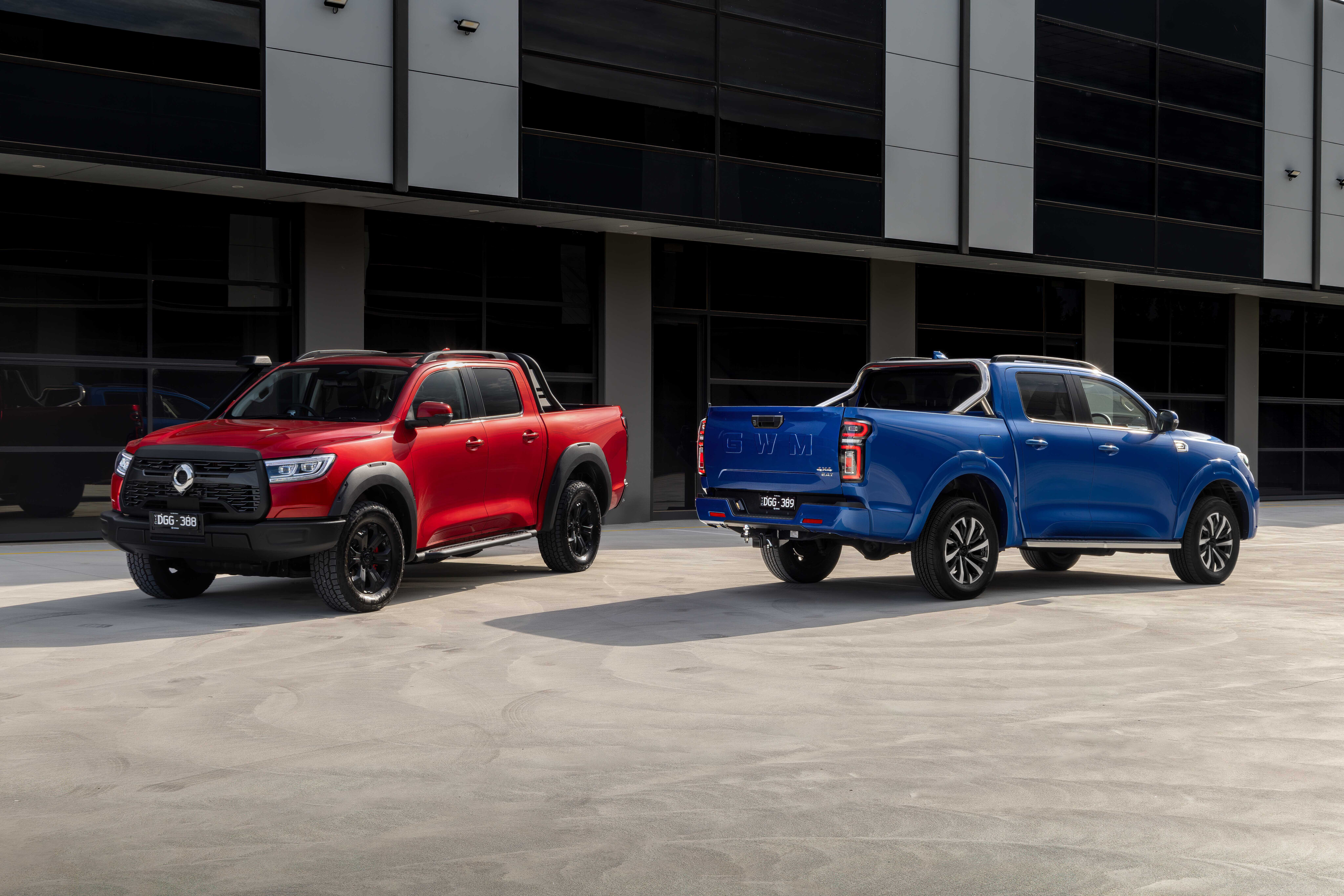
Things we like
- Improved driveline
- Better looking and simpler dash
- Bang for your buck
Not so much
- Annoying lane keeping assist
- Lack of simple controls for features like audio and cabin temp
- Firm ride when unladen
Great Wall Motors (GWM) has given its popular Cannon ute a significant midlife update, paying particular attention to items that have previously attracted negative media and introducing a new, more powerful engine to the range.
GWM has dropped the ‘Ute’ nomenclature, figuring that most Australian buyers could tell what it is after looking at it, and the 2025 Cannon line-up now comprises four variants all priced at less than $50k +ORC, starting with the Lux at $40,490 and topping out with the XSR at $49,990.
GWM has hinted that a Premium Cannon model will be coming as well but powered by the older 2.0-litre engine; exact timing on that model is yet to be confirmed.
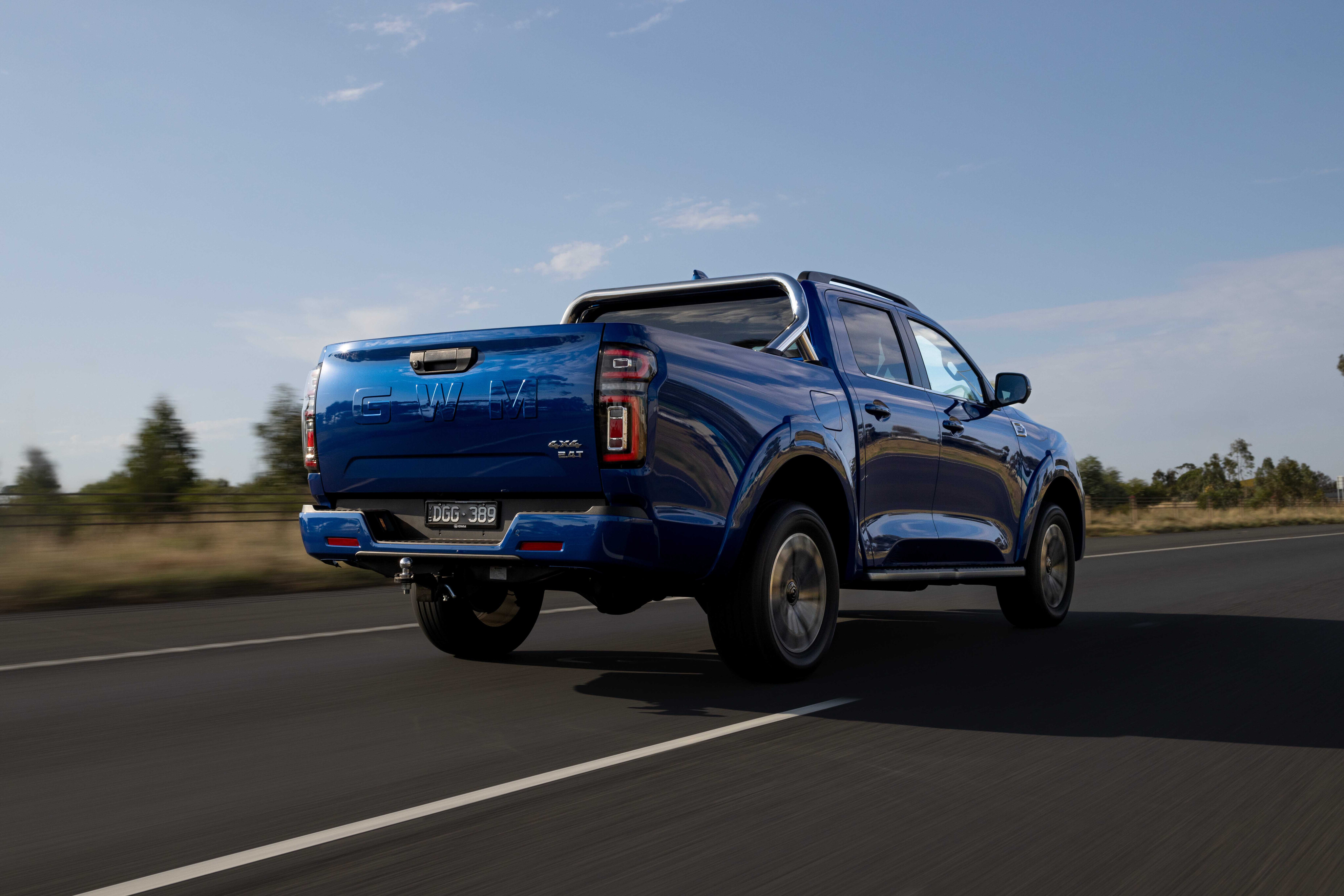
JUMP AHEAD
- Powertrain
- Cannon Lux
- Cannon Ultra
- Cannon Vanta
- Cannon XSR
- On-road performance
- Off-road performance
- Verdict
- Pricing
- Specs
Powertrain
All other 2025 Cannon variants receive the new 2.4-litre diesel engine that makes a claimed 135kW and 480Nm.
This isn’t class-leading but is ahead of many well-established nameplates in the midsize ute segment. The engine also promises improved fuel consumption with a combined cycle figure of 8.4L/100km versus the 9.4L/100km for the old mill.
The engine is backed by a nine-speed automatic transmission and an on-demand, dual range 4x4 transfer case in all but the new XSR model, which retains part time 4x4. A locking rear differential is standard in all grades while the XSR adds a front locker as well, making it the most off-road suitable model in the line-up. This engine and transmission combination has been taken from the bigger Cannon Alpha model utes.
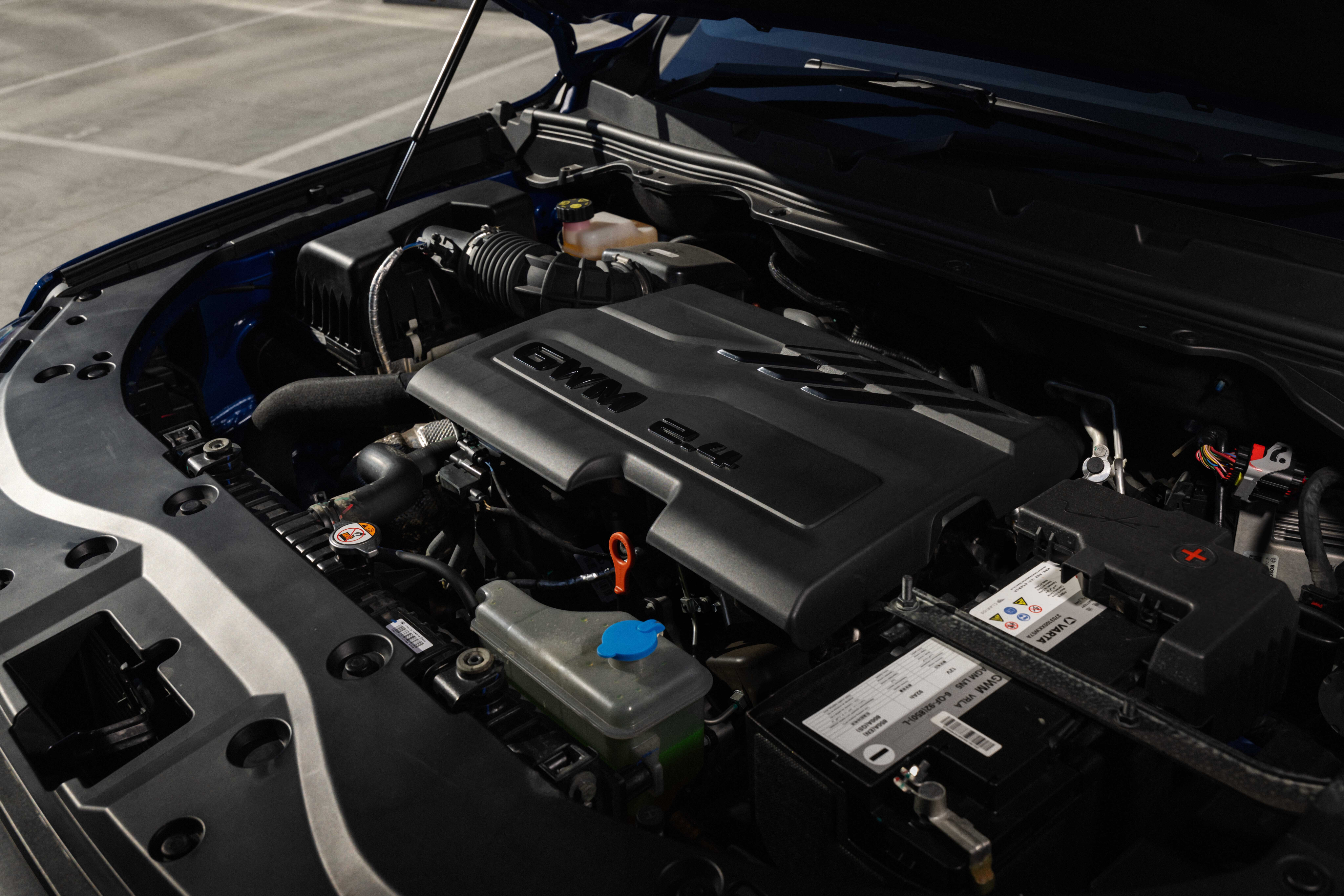
Cannon Lux
The entry level Cannon Lux (GWM calls it a mid-spec even though there’s no model below it yet) comes with faux leather seats and steering wheel, six-way manually adjustable driver’s seat and four-way adjustment for the passenger (no seat height adjustment), single zone climate control and a 60/40 split folding rear pew.
Safety-wise, a tyre pressure monitoring system heads up the kit along with seven airbags, rear parking sensors and camera, blind spot monitor, collision mitigation (ESC, AEB, LKA, LDW, LCK, ELK, LCA), AEB junction assist, front collision warning incorporating pedestrian and cyclist detection, door open/vehicle approach warning, rear collision warning, rear cross traffic alert with braking, and a driver monitoring system.
All Cannons now come with a new 12.3-inch high-resolution multimedia screen that includes phone mirroring apps and DAB. This new screen is placed up high in the dash and resolves most of the things that were so annoying in the previous system, however it has moved all the switchgear into the screen where you have to find functions under menus. There are no simple buttons or dials on the dash for often used functions like audio volume and cabin temperature adjustment.
It’s a stylish and well laid out dash but it still lacks functionality for simple features. The driver also gets a seven-inch information screen in the digital gauge binnacle.
Cannon Ultra
Stepping up to the Ultra grade over the Lux gets the buyer leather-accented seats that are heated and ventilated up front with six-way power adjustment for the driver and four-way for the front seat passenger, a heated leather steering wheel, ambient cabin lighting, 18-inch alloy wheels, power sunroof, front parking sensors, a 360° camera, rear privacy glass and a fold-out step in the tailgate.
The step is a neat addition that mimics the one found in the Ford F-150 tailgate, however it doesn’t have the handle that the Ford has meaning there’s no important third point of contact when climbing or descending the step.
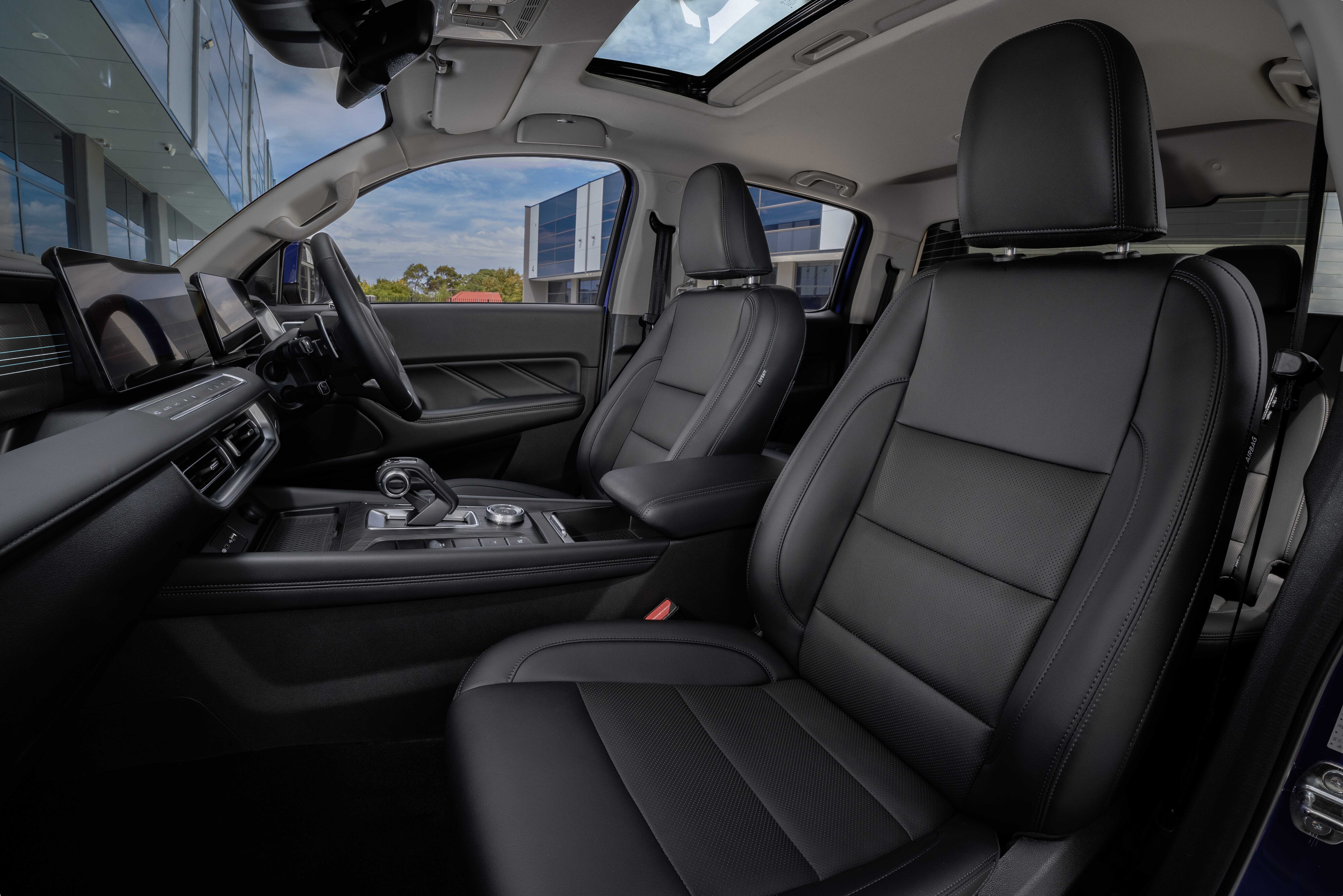
Cannon Vanta
Next step up the model range is the Vanta, which is essentially a styling pack giving black 18-inch alloys, sports bar, side steps, black grille, door handles and exterior mirrors.
Cannon XSR
The XSR adds the aforementioned front locking differential and part-time 4x4 system, terrain response with multiple drive modes, a raised air intake, metal side steps, body-coloured external mirrors and door handles, and a model-specific radiator grille.
The XRS’s raised air intake gives it a quoted wading depth of 700mm while the other models are all limited to just 500mm on water crossings. More interesting is that the XSR loses some key safety tech including emergency lane keeping, smart dodge, door open/vehicle warning, rear collision warning, blind spot detection, lane change assist and rear cross traffic alert.
GWM says that these features are not available on the XSR due to the hardware design but we reckon many drivers would be happy to live without them. The only feature you might miss is rear cross traffic alert, while things like the annoying lane keeping assist you’d be pleased to be rid of.
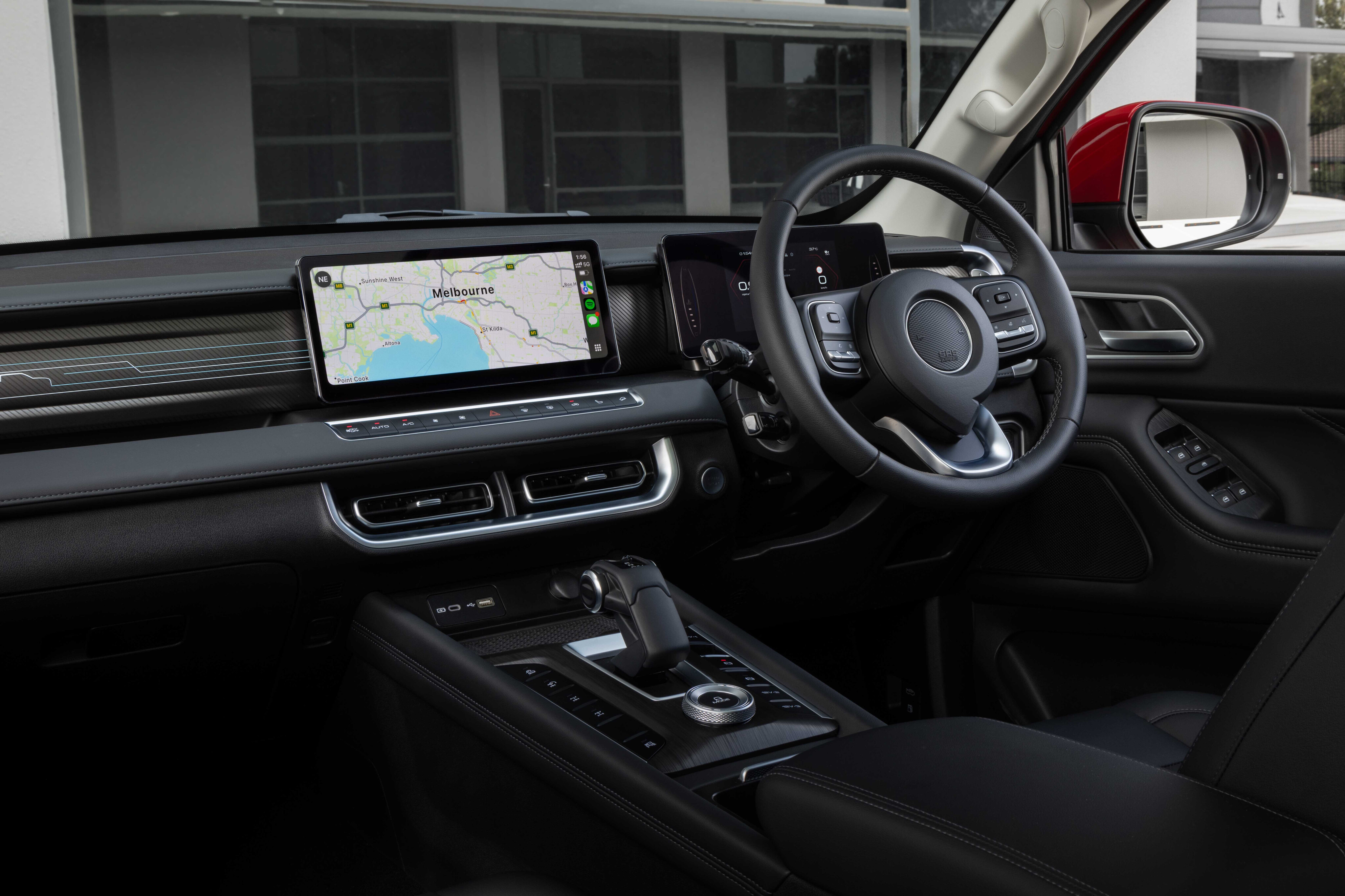
On-road performance
As in previous Cannon and other GWM vehicles, some of its ADAS functions are overbearing and annoying and the lane keeping on the 2025 Cannon was a constant frustration on our test drive over sealed country roads. These systems can be disabled via the menus in the multimedia screen but they default to on every time the car is restarted.
Frustrating ADAS features aside, the 2025 Cannon represents a huge step up from the previous model. The new 2.4 engine not only delivers more grunt but it does so in a much smoother and more refined manner than the laggy 2.0-litre engine it replaces. It matches well with the nine-speed transmission and the addition of shift paddles for the driver are most welcome for give and take driving conditions like the backroads we sampled the test vehicle on.
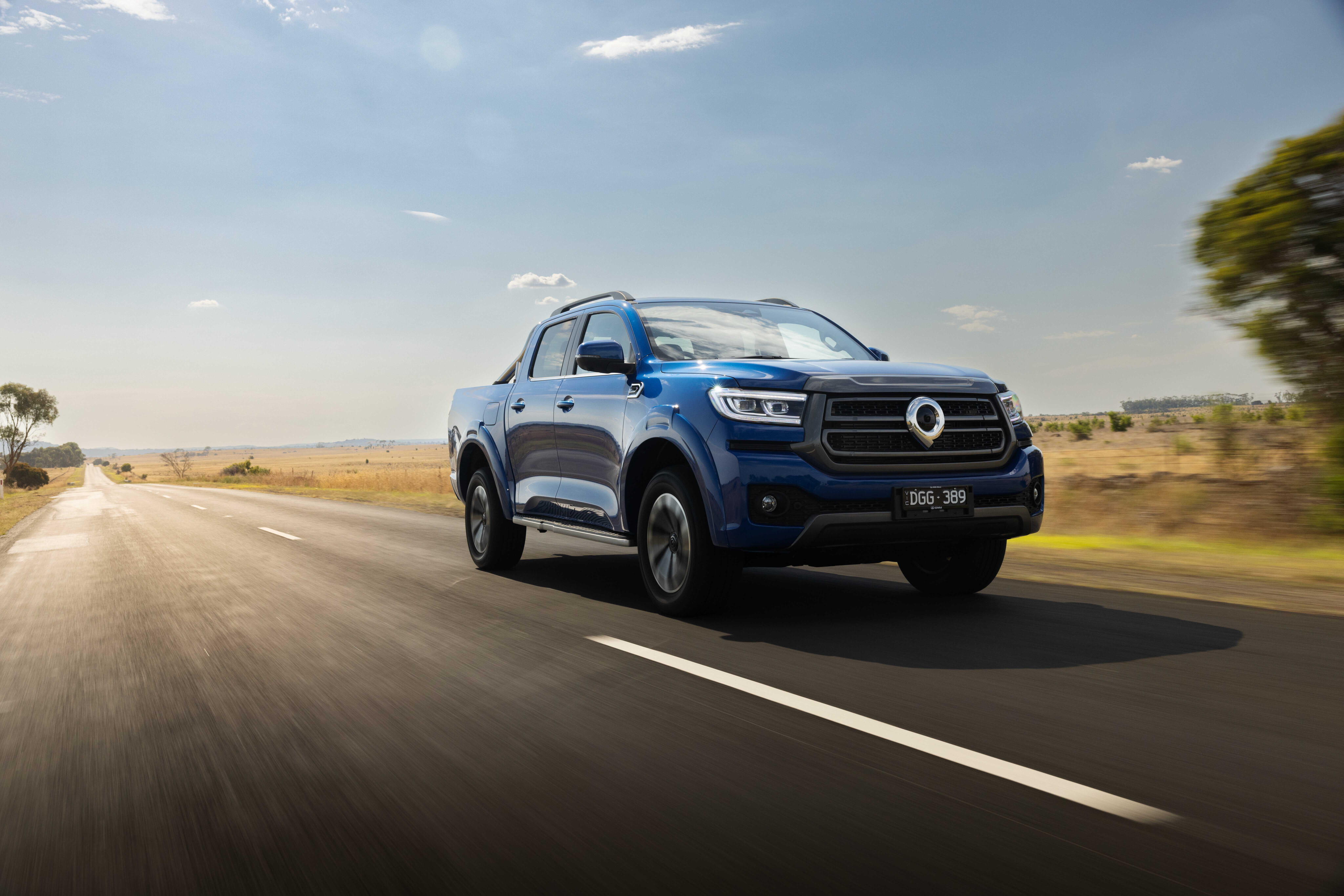
The ride and handling of the 2025 Cannon is another step up from the old model but there’s still room for improvement. The steering lacks feel and the ride can be a bit harsh over rough roads; but the test vehicles were unladen and I reckon 500kg in the tray would help things out. The EPS (Electronic Power Steering) does have multiple settings for steering feel but they didn’t seem to make a lot of difference on this drive.
Speaking of kilos, the Cannon’s towing capacity has stepped up from 3200kg to the industry standard 3500kg, while payloads are up to 995kg in all models bar the XSR which is limited to 875kg due to its extra standard equipment.
The 2025 Cannon is slightly bigger than the old model but it’s only in the bumpers and body cladding. The wheelbase, wheel track and interior dimensions remain the same and there’s nothing wrong with that.
Off-road performance
The off-road section of our test drive was over a set course that only required high-range even though it had a couple of short, steep climbs.
What the course did demonstrate very well is the capability of the on-demand 4x4 system combined with the ETC, which made climbing over the obstacles easy without needing to change anything from the normal road driving settings.
| Approach angle | 27° |
|---|---|
| Ramp-over angle | n/a |
| Departure angle | 25° |
| Ground clearance | 232mm |
| Wading depth | 700mm |
Our drive was only in the Lux model as there was no XSR there for us to sample but, having driven the GWM Tank with its similar inclusion of front and rear locking diffs, we reckon it could be a weapon off road.
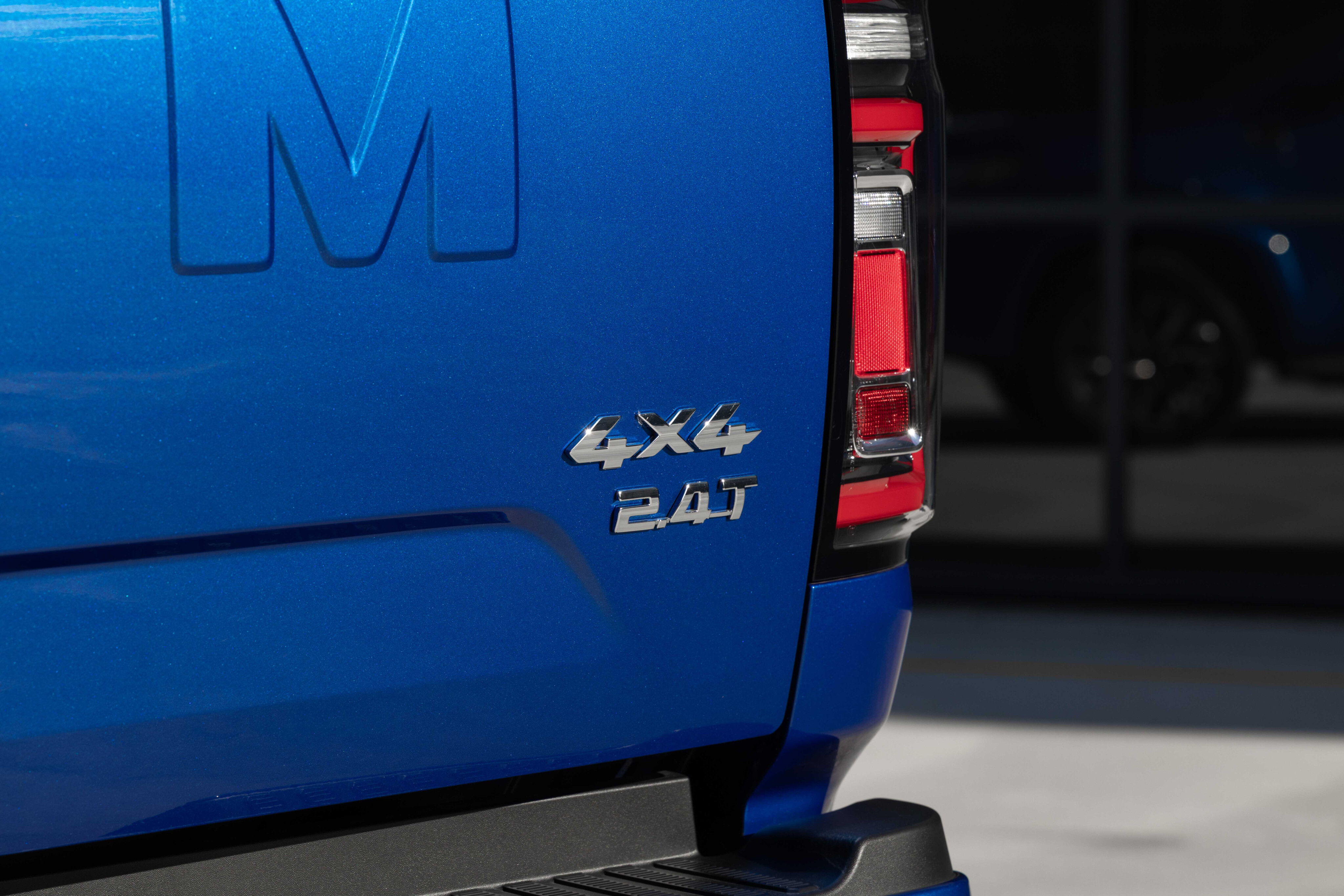
Verdict
XSR aside, the improvements in the powertrain and the interior styling represent a huge step up in terms of performance and the look and feel inside the vehicle.
It’s not perfect, but what vehicle is? And when you consider the price of the Lux model we drove, it represents a lot of ute for the money. Add in GWM’s seven-year, unlimited-kilometre warranty and five-year capped price servicing and roadside assistance, and the Cannon package looks even better; a clear indication of the rapid development that GWM is putting into its vehicles.
Pricing
| Model | Price |
|---|---|
| Cannon Lux | $40,490 |
| Cannon Ultra | $43,490 |
| Cannon Vanta | $45,490 |
| Cannon XSR | $49,990 |
GWM Cannon Lux: Specifications
| Price | $40,990 +ORC |
|---|---|
| Engine | 4-cyl diesel |
| Capacity | 2370cc |
| Max power | 135kW @ 3600rpm |
| Max torque | 480Nm @ 1500-2500rpm |
| Transmission | 9-speed auto |
| 4x4 system | On demand, dual range |
| Construction | Double-cab ute body on ladder chassis |
| Front suspension | IFS with wishbones and coils |
| Rear suspension | Live axle on leaf springs |
| Tyres | 265/60R18 on alloy wheels |
| Tare weight | 2173kg |
| GVM | 3225kg |
| GCM | 6200kg |
| Towing capacity | 3500kg |
| Payload | 995kg |
| Seats | 5 |
| Fuel tank | 78L |
| ADR fuel consumption | 8.4L/100km combined |
Things we like
- Improved driveline
- Better looking and simpler dash
- Bang for your buck
Not so much
- Annoying lane keeping assist
- Lack of simple controls for features like audio and cabin temp
- Firm ride when unladen



COMMENTS